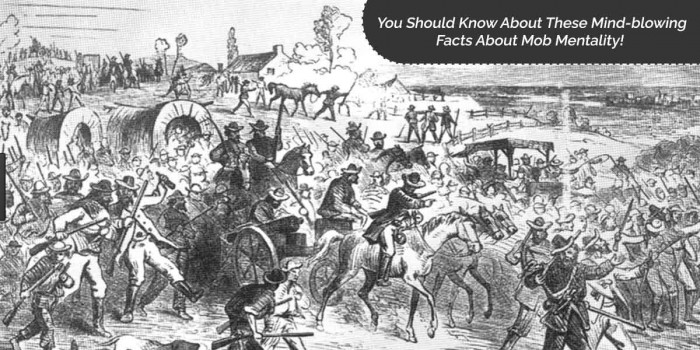Food For Thought | Does Squatter’s Right Really Allow People To Grab Land?
Squatting can mean two different things taken in different contexts. One squatting you must know and the other one is the act of land grabbing using the ‘Squatters Right’.
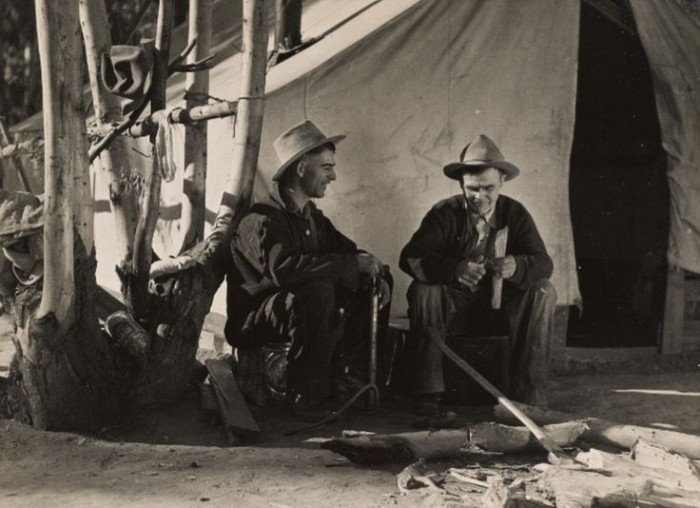
In the United States, “squatter’s rights” isn’t a list of specific rights, but refers to a specific form of adverse possession, a legal principle that they inherited from England and has been around, in one form or another, for ages.
What Exactly Is Squatter’s Right Or Adverse Possession?
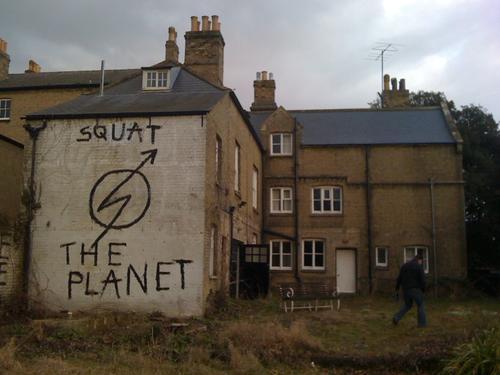
Adverse possession allows for real estate to change ownership without payment if someone occupies another person’s property while meeting certain requirements for a set amount of time without the owner getting rid of them. For example, if I build a fence way over my neighbor’s property line and use and maintain the land I’ve fenced off, and my neighbor does nothing about it for a while (exactly how long depends on where we live), I may be able to claim that chunk of his property as my own if he does ever make a fuss.
Even The American Law Supports The Ownership Of A Disused Land By Squatting
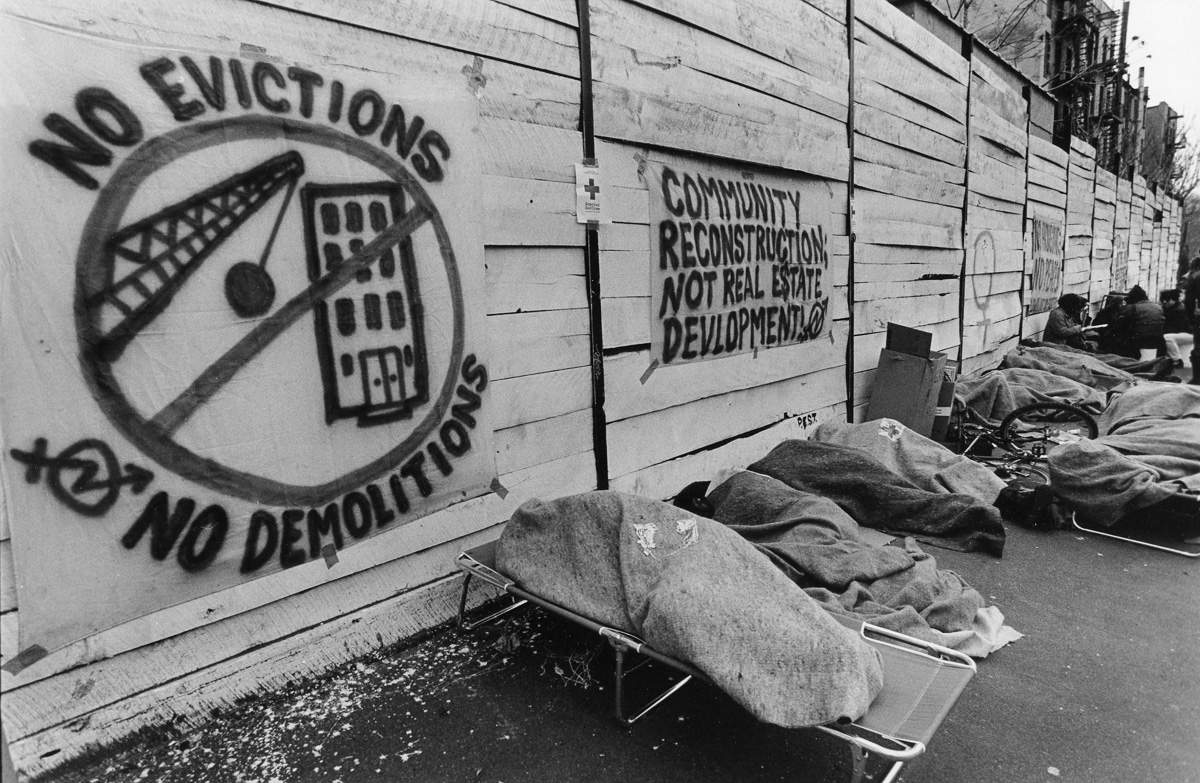
The idea behind adverse possession, the California Court wrote in a 1979 decision, “is basically that land use has historically been favored over disuse, and that therefore he who uses the land is preferred in the law to he who does not, even thought the latter is the rightful owner. The laws of property have sanctioned certain types of otherwise unlawful taking of land belonging to someone else.”
Purpose Being The Reduced Legal Actions In Case Of A Prolonged Possession And Preservation Of Peace
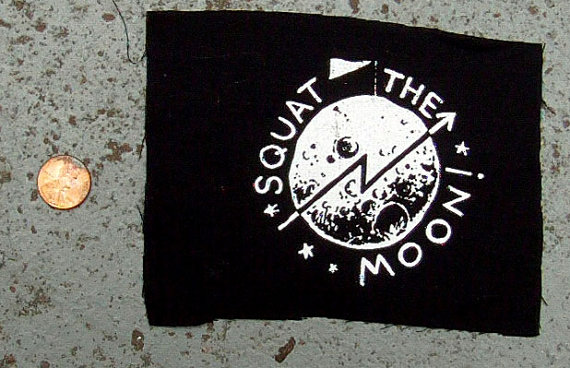
The purpose, the Court continues, isn’t “to reward the taker or punish the person dispossessed, but to reduce litigation and preserve the peace by protecting a possession that has been maintained for a statutorily deemed sufficient period of time.”
While the principle is usually used by the courts to resolve property disputes like my hypothetical fence, squatters can also use adverse possession to gain ownership of the property they’re squatting in if they play their cards right.
The Prolonged Period Is Of 30 Years In California But It Varies Throughout The States
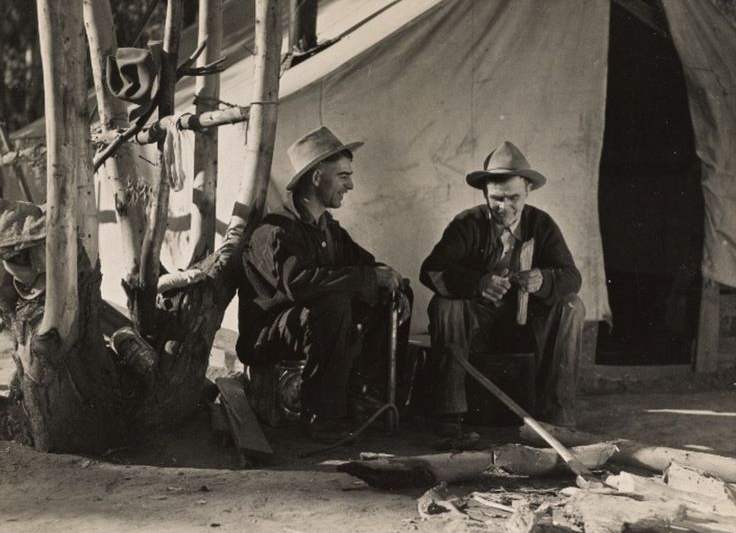
Adverse possession laws vary from state to state, and sometimes within states, but generally speaking, to acquire property by adverse possession a squatter needs to possess the disputed property in a way that is actual, open, notorious, exclusive, hostile and continuous for the statutory period of time.
That is, they need to actually occupy and use the property, in opposition of the actual owner’s rights and claims, in an open and visible way that makes it known to the owner that their property is being possessed and prevents others from using or occupying it. All of this has to be done for a set period of time, which varies between jurisdictions. In California, a squatter needs to possess a property for five years, while in New Jersey, they’d have to hang on to it for 30 years.
If The Squatting Is Interrupted Before This Period By The Rightful Owner, The Squatter Has To Start From Zero
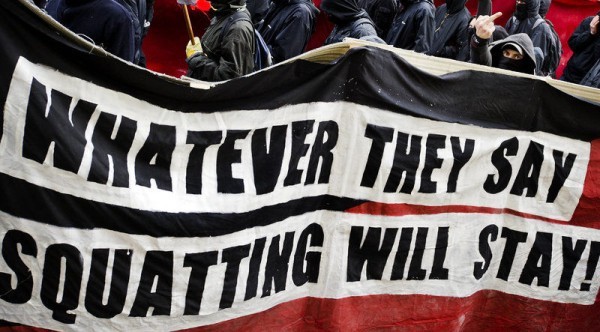
If the squatter’s possession is interrupted during that period—say, by the actual owner attempting to take possession or the squatter abandoning the property—the continuity of it is broken, and the squatter has to start again with the clock reset at zero. If they manage to meet all those requirements for the full amount of time and not get kicked out, they could claim ownership through adverse possession if any questions about the ownership arise or go before a court.
Popular Posts
20 Most Powerful Goddess Names In Mythological World
From Gaia to Kali; every goddess in mythologies have a prominent role to create or restore the balance in nature and the universe.
Kimberly Campbell
21 Gods & Goddesses of Destruction, Death & Underworld
This list showcases the Gods of death, the Underworld, and destruction: from the Egyptian God of Death- Anubis, who was recognized as a man with a jackal head, to the Hindu God of Death- “Yama,” who took the records of each person’s death. But Thanatos was the personified spirit of non-violent death.
Rupesh Chhabra
14 of the Renowned Gods and Goddess of Healing & Medicine
No wonder, the God of healing and magical tradition allied to it, never failed to surprise people especially in ancient times. Let’s discover some of God and Goddess of healing and their amazing contribution.
Rupesh Chhabra








